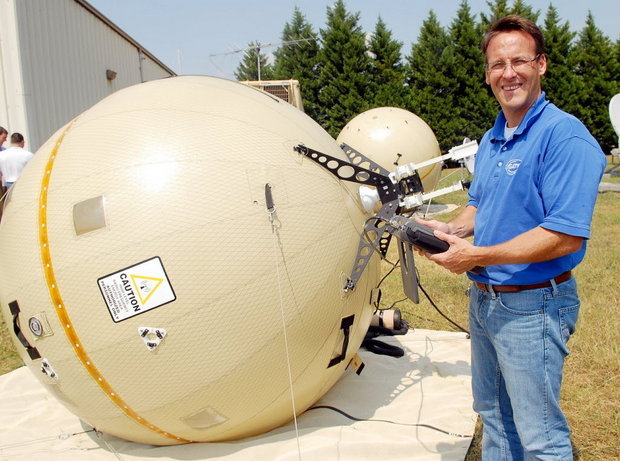Daily Business Report-July 29, 2015
Ashley Allison Adam, owner of The Dailey Method San Diego, one of the eight companies chosen for the Accion business accelerator program.
Eight San Diego-Area Businesses
Chosen for Accelerator Program
A select group of small business owners from across the country — including eight from the San Diego region — are taking part in a new business accelerator program put on by Accion, a global nonprofit organization that helps entrepreneurs.
The eight San Diego-area businesses represented the highest number of any region outside of New York, which also had eight selected.
The program, called Accion Fast Track, runs through February and coaches owners on everything from marketing to organizational strategy.
About Accion Fast Track:
Accion Fast Track, which is supported by Capital One and the Blackstone Charitable Foundation, will provide a select group of Accion loan clients with intensive business training and coaching as well as individual mentoring to set their business on a path to growth.
During the program, participants will develop their own personal and professional growth plans and then work with coaches and individual mentors on achieving their goals. The coaching curriculum includes several classes each on personal foundation, knowing your numbers, marketing fundamentals, and organizational strategy.
Starting around September, once participants’ growth plans are underway, they will be paired with two to three individual mentors who will provide them with subject matter expertise in areas where they are facing the greatest barriers to growth. Mentors will be active entrepreneurs or professionals who have a range of expertise in areas including marketing, finance and accounting, business planning, operations, and sales from Fortune 500 companies, major banks, or consulting firms.
The program will culminate with a graduation event in February 2016 in New York City, where participants will tell what they have learned and how they have grown.
Accion International is a global nonprofit organization that connects small business owners with the financing and advice it takes to create or grow healthy enterprises.
The San Diego businesses taking part:
• Council Brewing Co.
• Monarch Fine Art Gallery
• Trophy Auto Spa
• Kierei USA
• ChuckAlek Independent Brewers
• William Painter
• Tea Gallerie
• The Dailey Method

Rendering of the San Diego Zoo’s African Rocks Exhibit
San Diego Zoo to Break Ground for
Conrad Prebys Africa Rocks Exhibit
The San Diego Zoo will break ground today for Conrad Prebys Africa Rocks — the largest expansion in zoo history.
The $68 million project will transform eight acres of the zoo, replacing 1930s-era grottos and cages (formerly known as Cat and Dog Canyon) with new habitat for African plant and animal species that range from savanna to shore.
Africa Rocks will be a home to African penguins as the zoo begins its participation in an international species survival plan for these endangered aquatic birds.
The Africa Rocks project is funded by more than 6,500 individual donors. Many contributed as part of the Rady Challenge, which generated nearly one-third of the funds needed.
Philanthropist Conrad Prebys provided the naming donation for the Africa Rocks exhibit and has donated to the zoo in the past, according to a zoo official. The Conrad Prebys Polar Bear Plunge and the Conrad Prebys Australian Outback are also named after him.
Ernest Rady pledged a $10 million challenge grant to launch the fundraising effort for the exhibit.
Once completed, the Africa Rocks exhibit will include a 65-foot-tall man- made waterfall called Rady Falls and will include a Madagascar Habitat that will feature seven species of lemurs, according to the zoo. More than 50 species of African animals will be on display, some which have never been seen in San Diego before.
Patas, velvet monkeys and African birds, including the carmine bee-eater and southern ground hornbill, will be housed in an Africa forest habitat, and some of the zoo’s most popular African animal and plant species will get new homes, officials said.
The exhibit’s younger visitors will have the opportunity to meet animal caretakers and view training. The exhibit will also highlight conservation efforts, according to zoo officials.
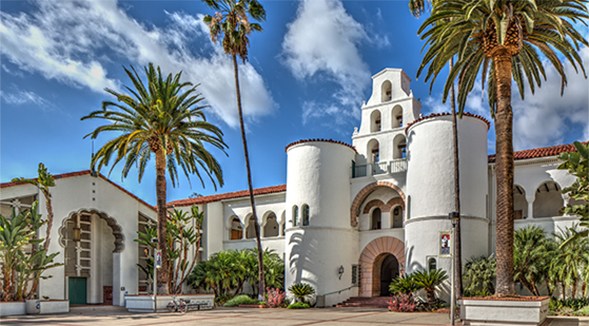
SDSU Raises $96 Million in Fiscal Year,
Heading Toward Goal of $750 Million
In a significant step toward reaching a campaign goal of $750 million, San Diego State University has completed its best-ever year of fundraising.
The university raised $96.3 million in fiscal year 2014-2015 and increased its endowment to $191 million. Support in the form of estate gifts and planned gifts remained strong, accounting for about 25 percent of the total raised this year.
The Campaign for SDSU has now reached $602 million of its $750 million goal. In September of last year SDSU celebrated reaching its original goal of $500 million, and then extended the campaign.
Since the campaign launched in July 2007, more than 53,000 donors have contributed, including 111 who gave more than $1 million, and 1,500 newly minted donors from the Class of 2015. Recent graduates were asked to contribute at least $10 to SDSU’s general scholarship fund when they picked up their caps and gowns, and sixteen percent of them did so.
“All great universities develop a culture of philanthropy that binds alumni to their alma mater,” said Mary Ruth Carleton, vice president for University Relations and Development. “We are grateful to the thousands of alumni and friends who helped us reach this milestone.”
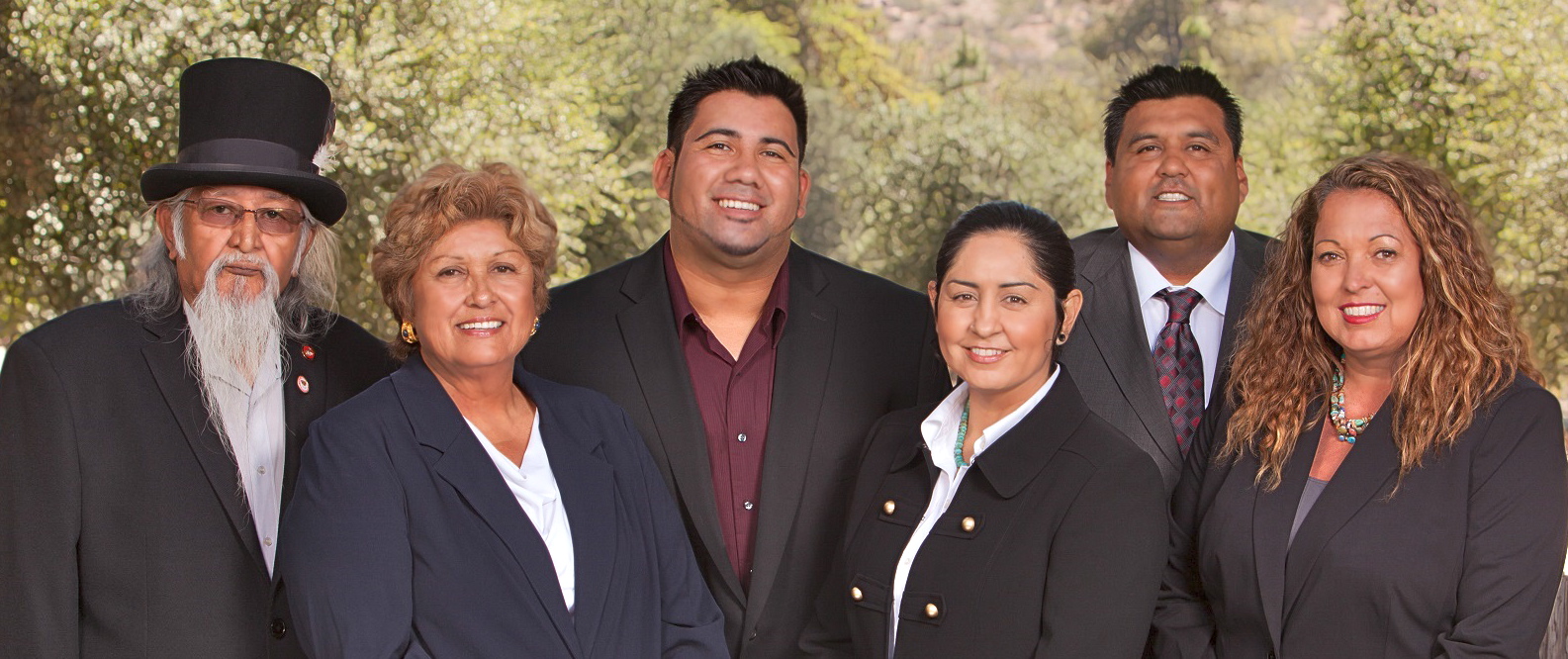
Jamul Indian Village Elects
First Female Tribal Chair
Erica Pinto has been elected tribal chairwoman of the Jamul Indian Village, becoming the first elected female tribal chair in the JIV’s history.
Pinto has been involved with the JIV Tribal Council since 1994, becoming a councilmember at the age of 22. She most recently served as vice chairwoman.
“I am honored to serve the tribal members of the Jamul Indian Village,” said Pinto. “I, along with the Executive Council, will continue to build a strong tribal government, create jobs for our tribal members and the community and engage with our neighbors on issues of mutual significance. We ensure a bright future for generations to come with the development of the Hollywood Casino Jamul-San Diego, a forthcoming gaming facility on our Reservation in East County San Diego.”
Also elected to the tribal council:
Kenny Meza — vice-chairman.
Carlene A. Chamberlain — Executive Council member.
Christopher Pinto — Executive Council member.
Michael Hunter –Executive Council member.
The JIV Tribal Council also appointed Lisa Cumper to the position of secretary and treasurer.
Scripps Named One of Nation’s
20 Best Workplaces in Health Care
Scripps Health has been named as one of the nation’s “20 Best Workplaces in Health Care” by Fortune magazine. The No. 20 ranking on the 2015 list comes from an anonymous survey of health care employees across the United States in the fall, administered by workplace culture experts at Great Place to Work.
Scripps is the only health care organization in San Diego County to make the top 20 list and one of only two in California.
Scripps employees rated their workplace highly in a number of categories. For example, they reported that Scripps provides a great work atmosphere that is consistently friendly and caring, with a family or team feeling. Also, Scripps employees said they take great pride in Scripps’ contributions and reputation and rated their compensation and benefits as great, praising services such as free flu shots and complimentary on-site chair massages for promoting their health and well-being.
Employees also rated Scripps as a great workplace in the areas of communication, professional challenges, training and career development.
City to Release Environmental Study
On Proposed Stadium in August
City News Service
City and county of San Diego officials met for three hours Tuesday with National Football League executives about a proposed stadium in Mission Valley to prepare for a presentation to franchise owners in less than two weeks.
At a news conference after the meeting, Mayor Kevin Faulconer said the discussions covered a variety of topics, including the expedited environmental study being conducted on the site, a financing plan, the local economy and market conditions.
“We emphasized that San Diego is completing a full-blown environmental impact report, thoroughly drafted to the highest standards, prepared by dozens of top-notch environmental planners following a process that is supported by the foremost experts in California environmental law,” Faulconer said. “The environmental report is on schedule.”
The mayor said the first draft of the EIR is due to be released for public comment Aug. 10. The plan is to get the document approved by the City Council in October so the public can vote on a stadium plan in January.
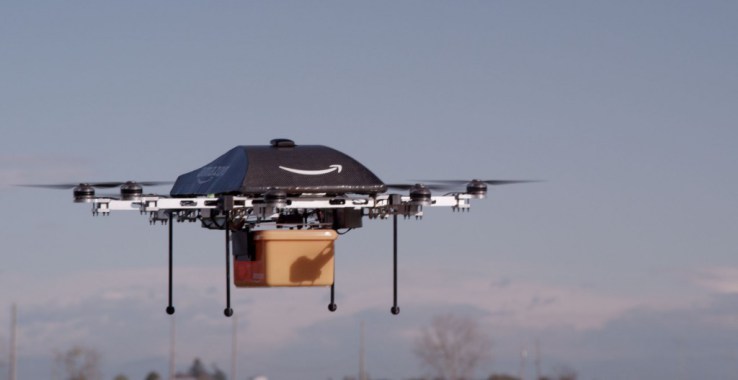
Amazon Foresees Safe, Segregated
Airspace for Small Unmanned Vehicles
AUVSI News
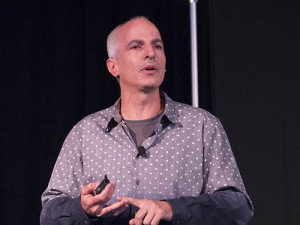
Amazon is proposing an airspace management system that would include segregated airspace for small unmanned aircraft below 400 feet, with a high-speed corridor allowed between 400 and 200 feet for package delivery and other services.
Gur Kimchi, cofounder of Amazon’s Prime Air unmanned delivery unit, addressed the NASA-AUVSI Unmanned Traffic Management Convention 2015 at NASA’s Ames Research Center on Tuesday and laid out the company’s airspace vision for the future, which he said would not only allow unmanned package delivery but would make the whole system safer.
Airports would remain off limits for small UAS, which could fly “low and slow” under 200 feet and faster and beyond line of sight in the high-speed corridor but would stay under 400 feet. There would be a no-fly zone for aircraft between 400 and 500 feet, and beyond that larger aircraft would operate.
The Federal Aviation Administration’s satellite-based NextGen traffic management system is “great, and we are fully supportive,” Kimchi said, but for small UAS, “we think this is the way to do it.”
For locations that are deemed to be very low risk, such as remote locations, UAS could fly as high as they like, but the area would have be government certified as such, he said.
The Amazon plan also calls for four types of aircraft, dubbed basic, good, better and best. Basic would be radio-controlled aircraft. Good would have an Internet-connected ground station keeping track of air traffic, but the UAS operator would be responsible to avoid other aircraft.
The better category would have the aircraft itself connected to the Internet and receiving alerts, then separating automatically from other aircraft. The best category would include UAS that could automatically detect “non-collaborative” things in the air, such as birds or balloons, and avoid them automatically.
“If you want to be able to operate vehicles beyond line of sight … they must be able to detect non-collaborative targets in the air and on the ground,” Kimchi said.


